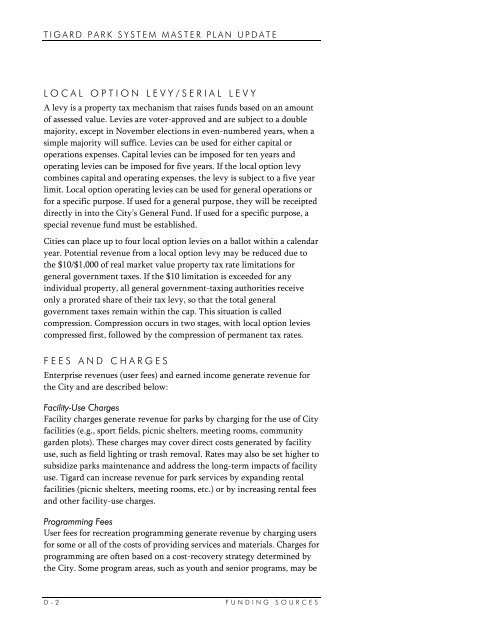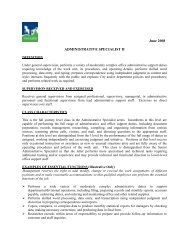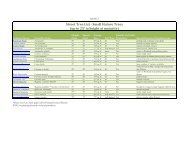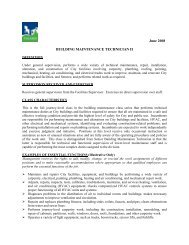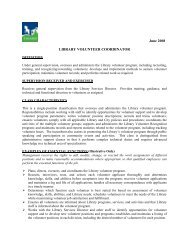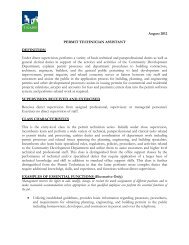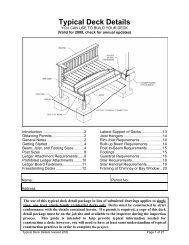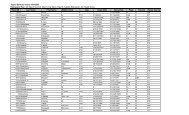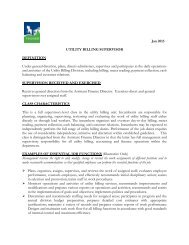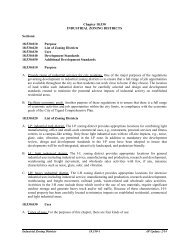Tigard Park System Master Plan - City of Tigard
Tigard Park System Master Plan - City of Tigard
Tigard Park System Master Plan - City of Tigard
You also want an ePaper? Increase the reach of your titles
YUMPU automatically turns print PDFs into web optimized ePapers that Google loves.
TIGARD PARK SYSTEM MASTER PLAN UPDATELOCAL OPTION LEVY/SERIAL LEVYA levy is a property tax mechanism that raises funds based on an amount<strong>of</strong> assessed value. Levies are voter-approved and are subject to a doublemajority, except in November elections in even-numbered years, when asimple majority will suffice. Levies can be used for either capital oroperations expenses. Capital levies can be imposed for ten years andoperating levies can be imposed for five years. If the local option levycombines capital and operating expenses, the levy is subject to a five yearlimit. Local option operating levies can be used for general operations orfor a specific purpose. If used for a general purpose, they will be receipteddirectly in into the <strong>City</strong>’s General Fund. If used for a specific purpose, aspecial revenue fund must be established.Cities can place up to four local option levies on a ballot within a calendaryear. Potential revenue from a local option levy may be reduced due tothe $10/$1,000 <strong>of</strong> real market value property tax rate limitations forgeneral government taxes. If the $10 limitation is exceeded for anyindividual property, all general government-taxing authorities receiveonly a prorated share <strong>of</strong> their tax levy, so that the total generalgovernment taxes remain within the cap. This situation is calledcompression. Compression occurs in two stages, with local option leviescompressed first, followed by the compression <strong>of</strong> permanent tax rates.FEES AND CHARGESEnterprise revenues (user fees) and earned income generate revenue forthe <strong>City</strong> and are described below:Facility-Use ChargesFacility charges generate revenue for parks by charging for the use <strong>of</strong> <strong>City</strong>facilities (e.g., sport fields, picnic shelters, meeting rooms, communitygarden plots). These charges may cover direct costs generated by facilityuse, such as field lighting or trash removal. Rates may also be set higher tosubsidize parks maintenance and address the long-term impacts <strong>of</strong> facilityuse. <strong>Tigard</strong> can increase revenue for park services by expanding rentalfacilities (picnic shelters, meeting rooms, etc.) or by increasing rental feesand other facility-use charges.Programming FeesUser fees for recreation programming generate revenue by charging usersfor some or all <strong>of</strong> the costs <strong>of</strong> providing services and materials. Charges forprogramming are <strong>of</strong>ten based on a cost-recovery strategy determined bythe <strong>City</strong>. Some program areas, such as youth and senior programs, may beD-2 FUNDING SOURCES


